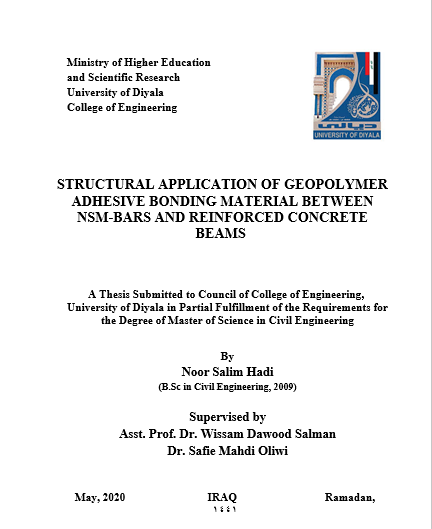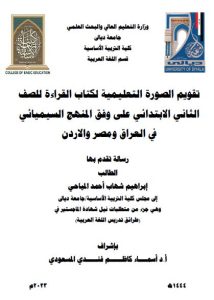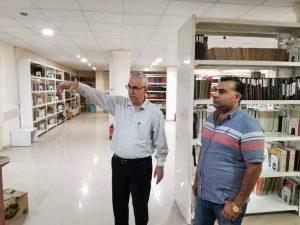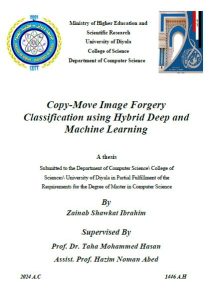Abstract
External strengthening techniques for buildings are considered promising techniques in civil engineering because buildings may be exposed to different reasons making it in need to external strengthening. One of the most important strengthening techniques is Near Surface Mounted (NSM) with using epoxy as adhesive material. Epoxy is good adhesive material, but its mechanical properties deteriorate quickly when exposed to temperature more than 55°C; so it is necessary to find a new adhesive material that replaces the epoxy.
Geopolymers are a sustainable material and have desired properties as adhesive materials, especially at high temperature; so they were used in this study to produce an adhesive paste instead of epoxy. This study is divided into three parts: the first part was the preparation of a geopolymer paste at ambient temperature by adding different proportions of nano-silica. The optimum mix was to replace (0.8)% of fly ash with nano-silica which gave the highest compressive strength of 72.8 MPa (more than the reference mix by 108%) after (28 days) of treatment at (35 ± 2)°C with acceptable hardening time.
The second part was to examine the bond property of the Geopolymer Paste Adhesive (GPA) by applying it in the NSM technique to strengthen concrete prism and conduct single lap shear test, then compare the results with another concrete prism strengthened with NSM technique but using epoxy adhesive. The bond efficiency of the GPA was equal to (70)% of epoxy. After that, GPA was improved by adding different dosages and types of fibers (micro steel fibers, carbon fibers and polypropylene fibers) to exceed bonding force of the epoxy adhesive.
The third part of this study was the application of MGPAs in the NSM technique for strengthening Reinforced Concrete (RC) beams and studies its behavior under flexural load. This part includes casting and testing of fourteen RC beams specimens (200 * 125 * 1050) mm. Two specimens were controlled (without strengthening) and the remained divided into two groups. The first group consists of: six RC beams strengthened by NSM-steel bars (8 mm-diameter) and the second group consists of six RC beams strengthened by NSM-GFRP bars (6 mm-diameter). Each group consist of three specimen had single NSM groove, and other three had double NSM grooves. The adhesives were (MGPASF, MGPACF and MGPAPF).
The results showed a clear improvement in the characteristics of RC beams when strengthened compared to the control RC beam. MGPACF gave the best results, where the increase of the first crack load was equal to (70%) more than the control RC beam, while the increase in the ultimate load reached to (61.7%) higher than the control RC beam.





